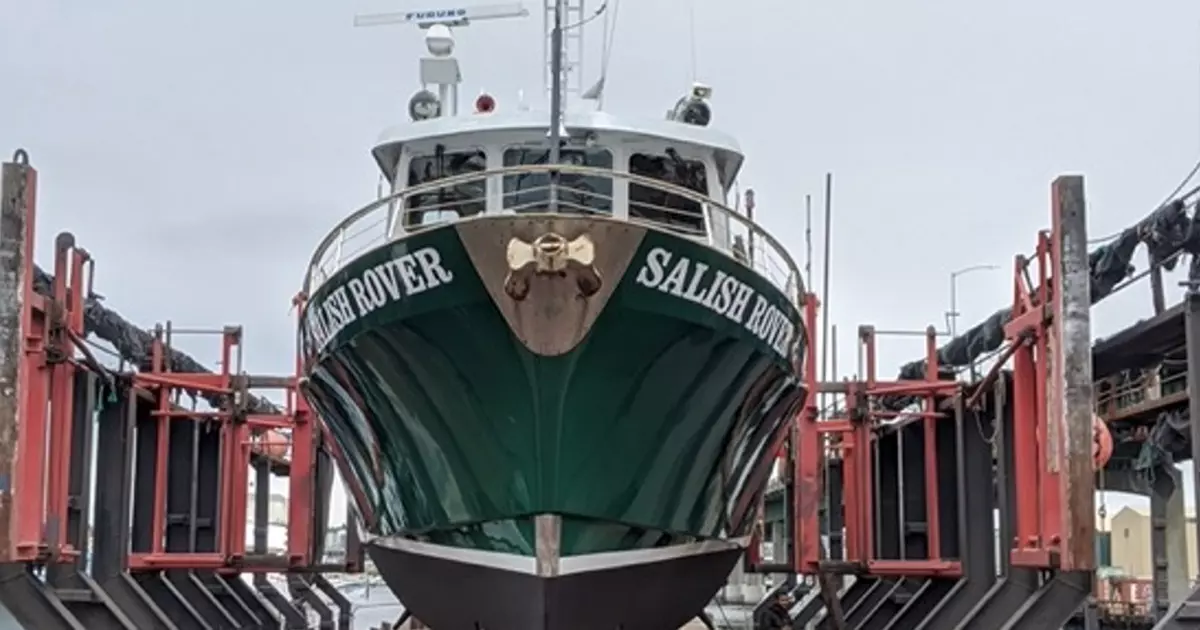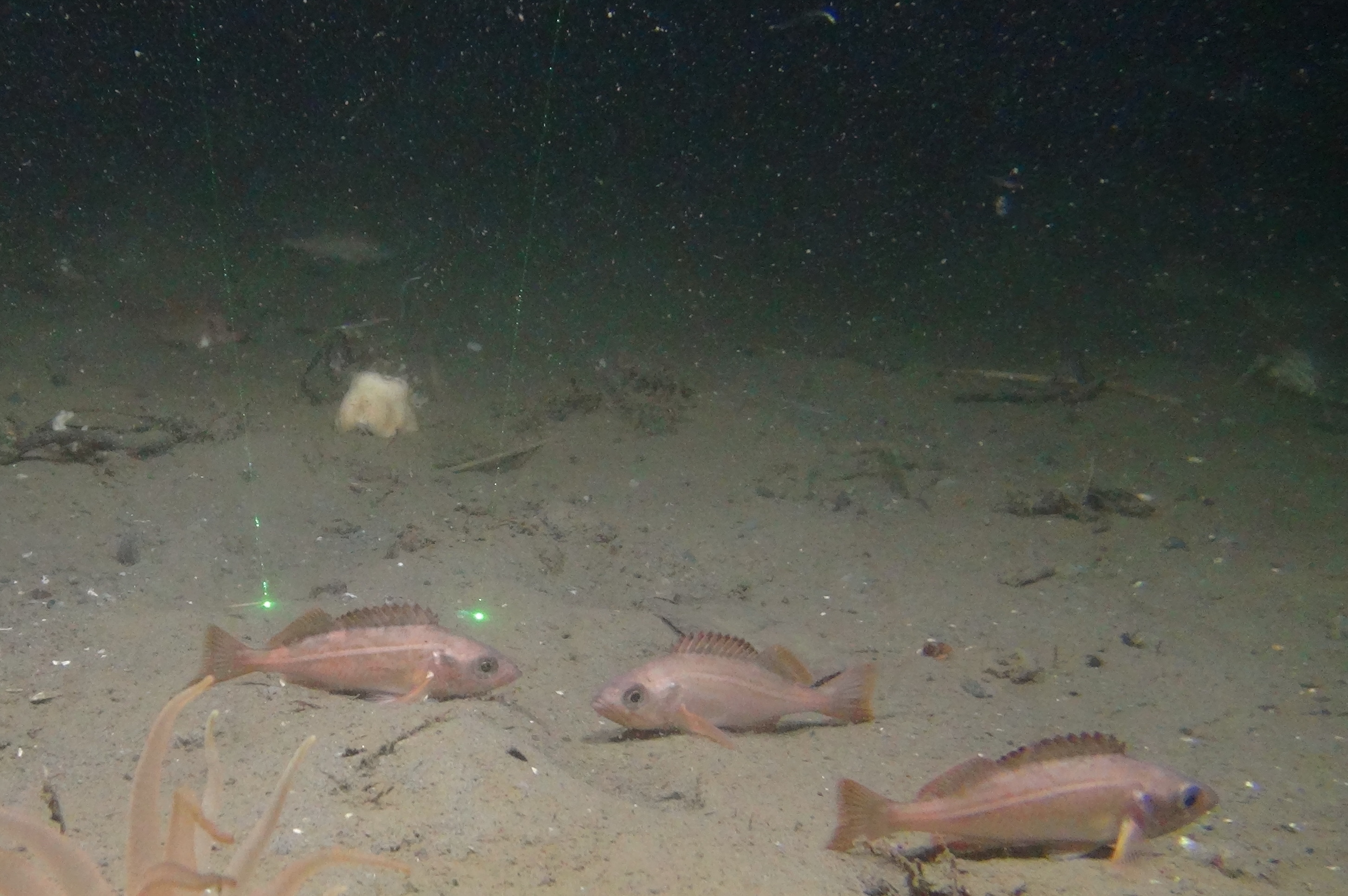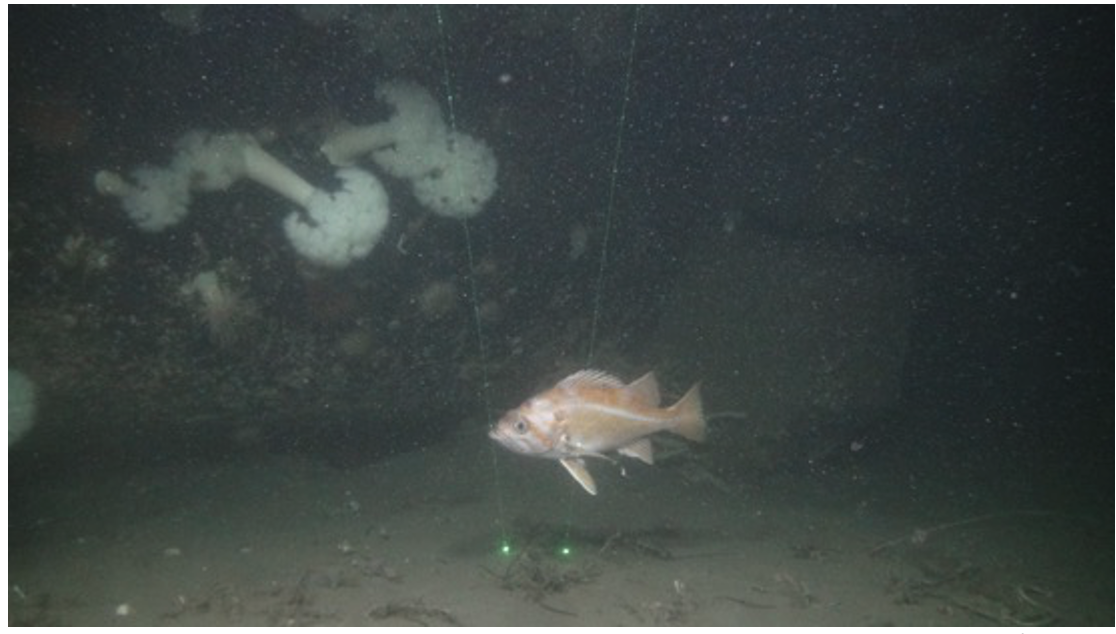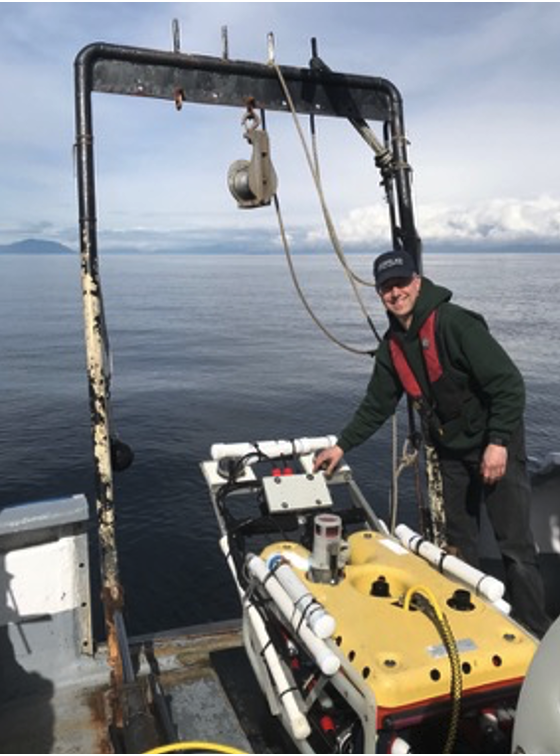Habitat-Saving Algorithm Helped by Seaeye Falcon

Scientists at the Washington Department of Fish and Wildlife (WDFW) have acquired a second Saab Seaeye Falcon underwater robot. The Seaeye Falcon is used to conduct surveys of marine fish and invertebrates in Washington’s Puget Sound, where some rockfish populations were fished to levels that threatened extinction.
The surveys are used primarily to monitor the recovery of rockfish listed under the United States Endangered Species Act, but also provide information on the unique geological features in Puget Sound. The WDFW has also used their Falcon to survey the habitat surrounding U.S. Navy bases in Puget Sound to meet Federal permitting requirements, locate and recover lost equipment and conduct special studies of sea urchins and sea cucumbers.
 High-definition stereo camera and paired lasers are used to assess individual fish size and the density of fish in a measured field of view.
High-definition stereo camera and paired lasers are used to assess individual fish size and the density of fish in a measured field of view.
The new Seaeye Falcon is a 300m rated system and equipped with a high-definition fibre-optic video system capable of collecting higher resolution imagery than WDFW’s original Falcon, which has seen over 4000 hours of use since 2007.
 The lasers are spaced at 10cm and are used primarily to calculate the width of our survey transects, but also to give us some indication of fish size.
The lasers are spaced at 10cm and are used primarily to calculate the width of our survey transects, but also to give us some indication of fish size.
“The HD imagery collected with the new vehicle will greatly improve our ability to detect small and cryptic rockfishes, leading to more precise estimates of abundance, and will be used to train machine-learning algorithms being developed to partially automate the video review process, which is expected to substantially improve survey and post-processing efficiency,” explains research scientist Robert Pacunski.
Not pushed around
“The Falcon can precisely manoeuvre amongst the cracks and crevasses of complex underwater rock formations favoured by rockfish and has the power not to be pushed around by the current,” says Robert Pacunski.
Specialized equipment fitted to the Falcon includes a pair of parallel lasers and a stereo camera for assessing individual fish size and the density of fish in a measured field of view. An Imagenex multi-frequencing gyro-stabilised sonar is used to identify target habitats and avoid uncharted obstacles (for example, derelict fishing gear, subsurface electrical and telecommunications cables). Depending on survey needs, the vehicle can be fitted with a conductivity-temperature-depth meter to collect data in real-time for examining linkages between physiochemical water quality parameters and fish distribution/abundance.
 Scientist Bob Pacunski with the WDFW’s original Falcon rigged with the research team’s heavily front-loaded survey system that has spent 4000 hours underwater.
Scientist Bob Pacunski with the WDFW’s original Falcon rigged with the research team’s heavily front-loaded survey system that has spent 4000 hours underwater.
The world’s most successful system in its class, the Falcon’s winning concept comes from packing five powerful thrusters and an intelligent distributed control system into an easily manhandled metre-sized vehicle that can adopt different tools, cameras and sensors for undertaking numerous intricate and demanding tasks in strong currents.
Assisting the acquisition of both Saab Seaeye Falcons was the local distributor in North America, Jack Roberts of Symphotic TII Corporation

